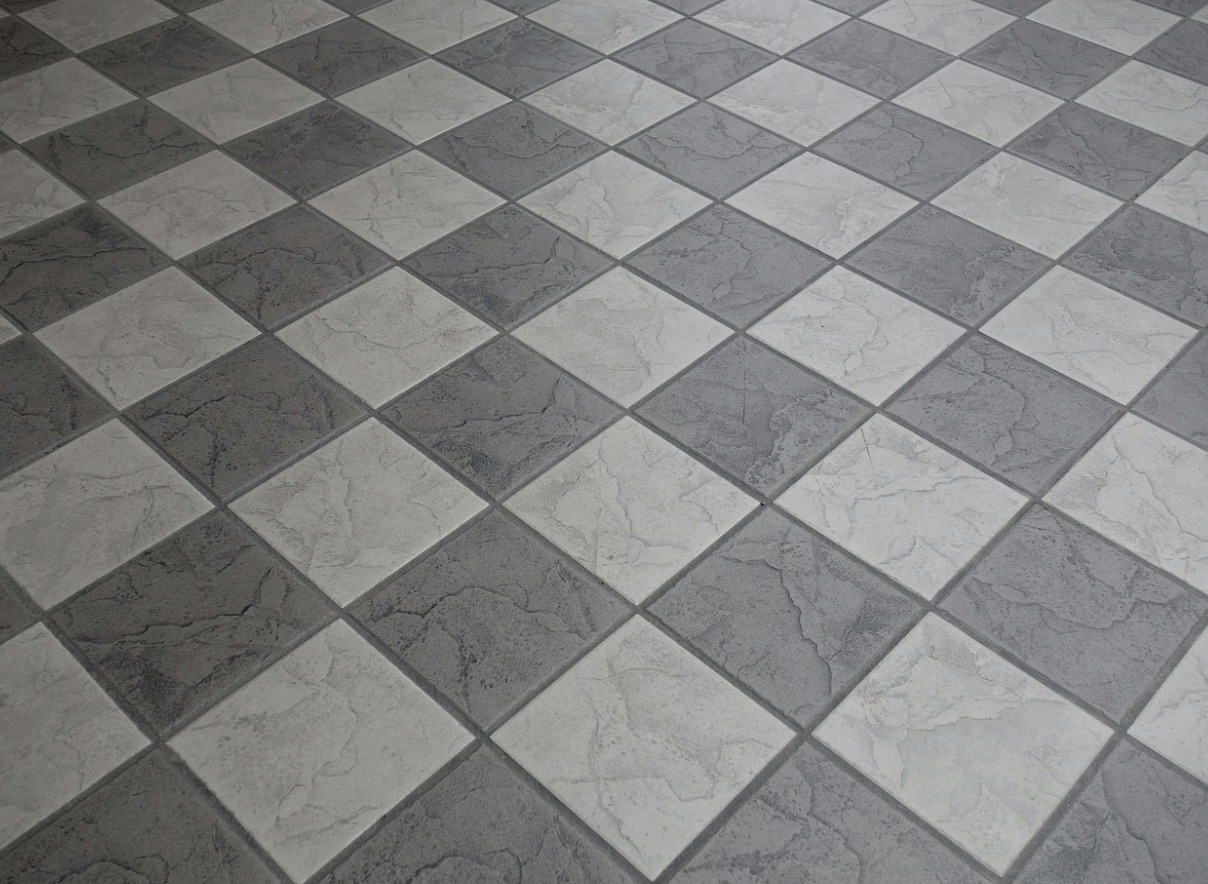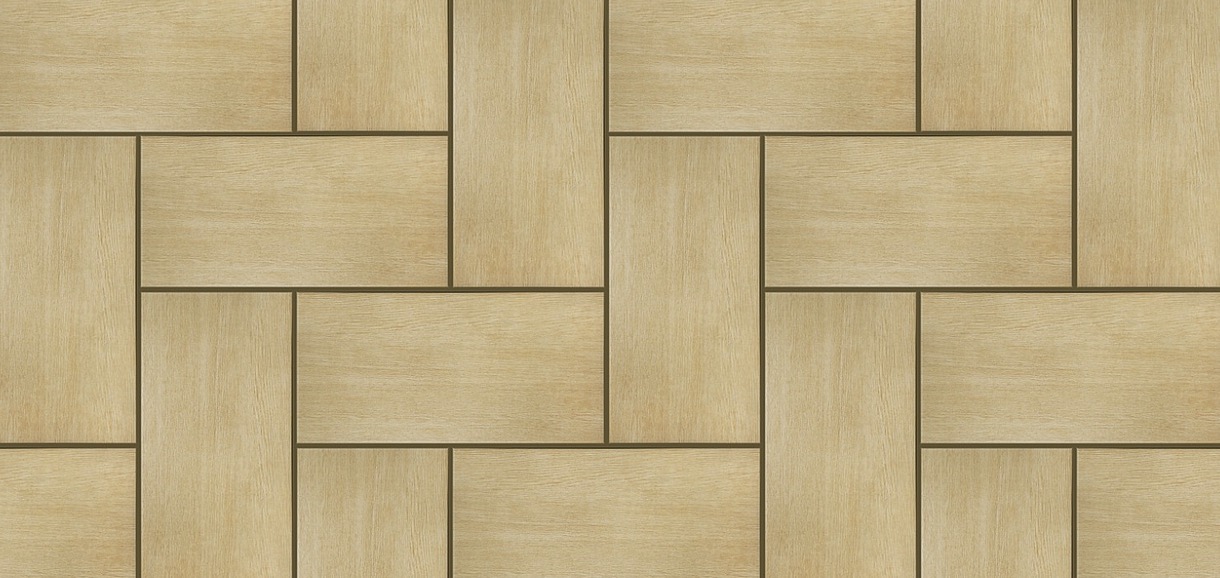Tiles are not just practical elements in our homes; they also contribute significantly to the overall aesthetics and atmosphere of a space. Whether you’re renovating or building your dream home, choosing the right tiles can be a fun yet crucial decision. To help you make the best choices, we’ve compiled a comprehensive guide with useful tips for shopping for new tiles.
Reader's Roadmap
Assess Your Needs and Preferences
The first step in the tile shopping journey is to assess your needs and preferences. Consider the purpose of the tiles – are they for flooring, backsplashes, or wall accents? The type of tile you choose will depend on the location within your home. For example, bathroom tiles should be water-resistant, while kitchen tiles may need to withstand stains and heavy foot traffic.
Next, delve into your design preferences. Tiles come in a wide range of colors, styles, and patterns. Are you drawn to sleek and modern designs, or do you prefer the timeless appeal of classic tiles? Identifying your style will narrow down your choices and make the selection process more manageable.
Don’t forget to consider your willingness and ability to maintain the tiles. Some materials, like natural stone, may require more maintenance than others. If you prefer low-maintenance options, ceramic or porcelain tiles might be the way to go.
Tile Trends and Styles
Tile trends and styles are constantly evolving. Keeping up with the latest design options can help you create a modern and appealing look in your home. Some current trends include geometric patterns, textured tiles, and large-format tiles for a seamless, contemporary appearance. The combination of unique travertine tiles and geometric patterns can result in a stunning and innovative design, blending the timeless appeal of natural stone with the chic aesthetics of contemporary geometry. This combination provides homeowners with the opportunity to create a space that stands out while maintaining a sense of classic elegance.
You don’t have to follow trends blindly, but incorporating some modern design elements can give your home a fresh and updated feel.
Tile Types and Materials
Tiles come in various types and materials, each with its own unique properties and benefits. It’s essential to understand the differences to make an informed decision.
- Ceramic Tiles: These are a popular choice for various applications, known for their durability and affordability. They come in glazed or unglazed options.
- Porcelain Tiles: Porcelain tiles are highly durable and water-resistant, making them suitable for areas with high moisture levels like bathrooms.
- Natural Stone Tiles: These tiles, including marble, granite, and travertine, offer a luxurious and unique appearance. They can be more challenging to maintain and may require sealing.
- Glass Tiles: Glass tiles add a glossy, reflective quality to a space. They’re often used for backsplashes and accents.
- Mosaic Tiles: Mosaic tiles are small, versatile tiles that can create intricate patterns and designs.
Consider the location and purpose of the tiles when choosing the material. For high-traffic areas, durability is crucial, while aesthetics may take precedence in other spaces.
Size, Shape, and Layout
Tile size, shape, and layout have a significant impact on a room’s appearance. For example, large-format tiles can make a small space appear more extensive, while small mosaic tiles can create intricate patterns.
Consider the scale of your space and the look you want to achieve. Experiment with different shapes and patterns. Popular layout options include the classic grid pattern, the elegant herringbone, and the timeless subway layout.
Before finalizing your choice, it’s a good idea to create a mock-up using sample tiles to visualize how the layout will look in your space. This can prevent costly mistakes and ensure you’re satisfied with the final result.
Color and Finish Selection
The color and finish of your tiles can significantly impact the mood and style of a room. Start by selecting a color scheme that complements your home’s overall aesthetic. Neutral tones can create a timeless look, while bold colors can add vibrancy and personality.
Additionally, choose the right finish for your tiles. Common finishes include matte, glossy, and textured. Matte finishes offer a more understated and natural look, while glossy finishes add shine and reflect light. Textured finishes can provide slip resistance and tactile appeal.
Remember that lighting plays a crucial role in how tile colors and finishes appear. It’s essential to consider the room’s natural and artificial lighting when making your choices.
Budget and Cost Considerations
Setting a realistic budget for your tile project is crucial. It’s not just about the cost of the tiles themselves; you should also factor in installation expenses and any potential maintenance costs. While it’s tempting to opt for the most expensive and luxurious tiles, it’s important to find options that fit your budget without compromising on quality.
Comparing prices and shopping around can help you find cost-effective options. Keep in mind that some materials, like natural stone, can be pricier not only in terms of the tiles but also installation, as they may require specialized skills.
Durability and Maintenance
The durability of your chosen tiles should align with the room’s purpose and foot traffic. High-traffic areas, like hallways and kitchens, require durable, wear-resistant tiles. In contrast, bathroom tiles should be moisture-resistant, while outdoor tiles must withstand the elements.
Consider the maintenance requirements of your selected tiles. Some materials, like natural stone, require regular sealing and more delicate cleaning. Others, like ceramic or porcelain, are easier to maintain. Choose tiles that suit your lifestyle and the time you’re willing to invest in maintenance.
Shopping Tips and Where to Buy
When you’re ready to shop for tiles, it’s essential to be prepared. Start by measuring the area you plan to tile to determine the quantity you need. Consider buying a little extra to account for breakage or future replacements.
Before making a purchase, ask about warranties and return policies. This ensures you have recourse in case the tiles arrive damaged or are not what you expected.
You can shop for tiles at physical showrooms, where you can see and touch the tiles in person. However, online tile suppliers offer a vast selection and the convenience of shopping from home. Some reputable online retailers offer sample tiles, so you can see how they look in your space before making a commitment.
Installation and Professional Help
The decision of whether to install the tiles yourself or hire a professional installer depends on your skill level and the complexity of the project. While DIY installation can save money, professional installers have the experience to ensure a high-quality and long-lasting result.
If you choose to hire a professional, it’s crucial to find a reputable installer with a track record of quality work. Request references and examples of their previous projects to gauge their expertise.
Proper preparation is also key to a successful tile installation. Ensure that the surface is clean, level, and primed as needed. Adequate preparation can prevent problems down the road.

Choosing the right tiles for your home is a significant decision that impacts both aesthetics and functionality. By assessing your needs and preferences, understanding tile types and materials, considering size, shape, and layout, and paying attention to color and finish selection, you can make informed choices. Additionally, managing your budget, evaluating durability and maintenance, and seeking the best shopping tips will help you make the most of your tile shopping experience. Remember that professional help can ensure a successful installation, and staying up-to-date with tile trends can keep your home looking fresh and stylish. With these tips in hand, you’re well-prepared to embark on your tile shopping journey with confidence.







Leave a Reply
View Comments